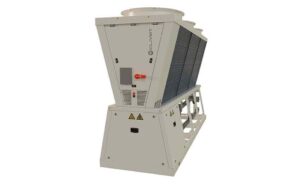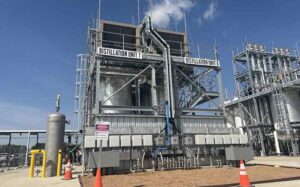Warning of hydrocarbon refrigerant risks
17th May 2014 CANADA: The public have been warned of the dangers of using DIY kits containing flammable hydrocarbon refrigerants being “aggressively” sold by retailers.
CANADA: The public have been warned of the dangers of using DIY kits containing flammable hydrocarbon refrigerants being “aggressively” sold by retailers.
In its 4th annual consumer safety awareness campaign, the Heating, Refrigeration and Air Conditioning Institute of Canada (HRAI) provides the public with important safety information about DIY kits containing flammable hydrocarbon refrigerants that are being offered by major retailers to home and business owners.
“Retailers are aggressively selling these DIY kits that contain the propane used in a BBQ tank as a replacement refrigerant for home or business air conditioning systems,” stated Warren Heeley, president of HRAI.
“With the air conditioning season nearly here, Canadians need to know that flammable refrigerants used in home or business air conditioning systems can create the potential for a serious explosion and fire, which could result in injury or death”.
Last year the HRAI prompted Ontario’s Office of Fire Marshal and Emergency Management (OFMEM) to issue its own warning of the availability of a kit consisting of three canisters containing “flammable refrigerant” combined with a gauge/hose assembly.
OFMEM expressed concern that using the product could pose a serious fire or explosion risk. In particular it warned of the dangers of the gas coming into contact with an ignition source in the event of a leak, its improper use by untrained individuals and missing or illegible labels identifying the flammable nature of the refrigerant.
Although not explicitly prohibited, OFMEM warned that use of a hydrocarbon could contravene part of the Ontario Fire Code requiring air conditioning systems to “be operated and maintained so as not to create a hazardous condition”.
OFMEM also warned that existing ozone depleting refrigerants were required to be removed by a certified engineer.
This year’s HRAI campaign covers the risk factors that consumers should be aware of when considering the purchase of hydrocarbon refrigerant kits. It points out that in addition to the potential for fire and explosion, these refrigerants are not approved for use in air conditioning equipment already installed in the home or business, and their use could cause environmental damage if the existing refrigerants in these systems are not properly recovered.







